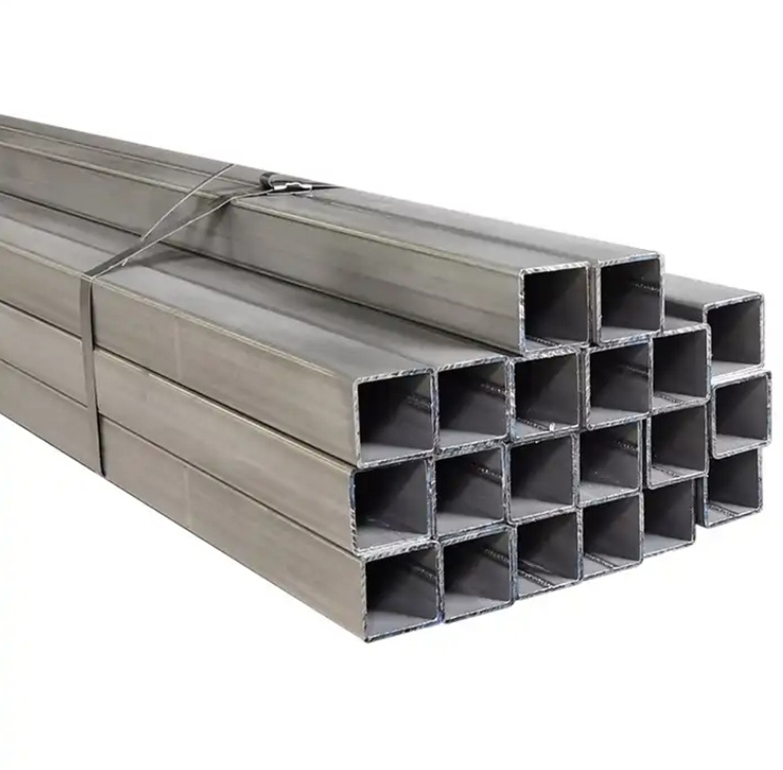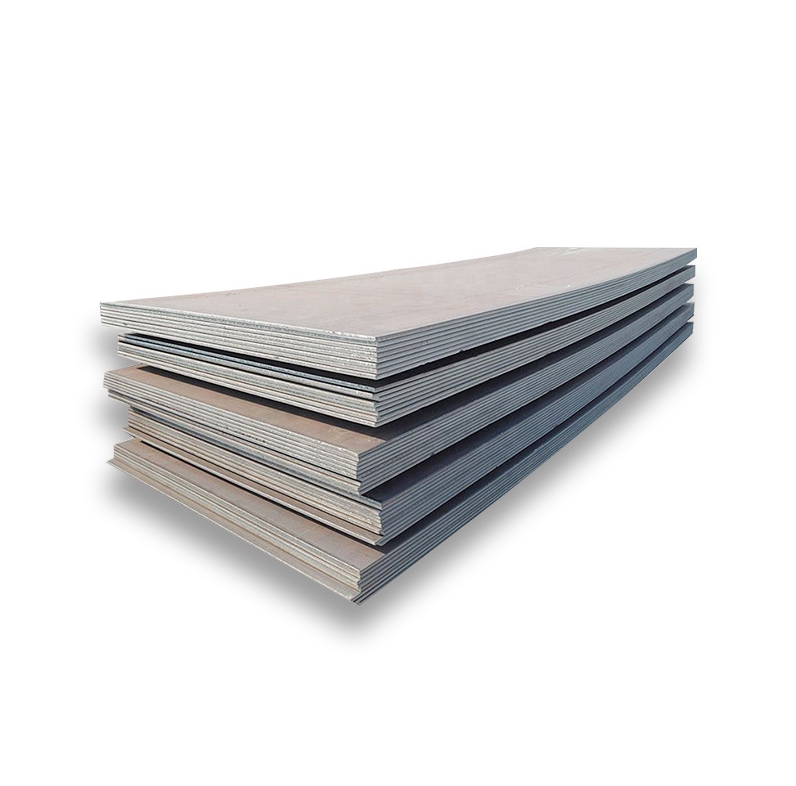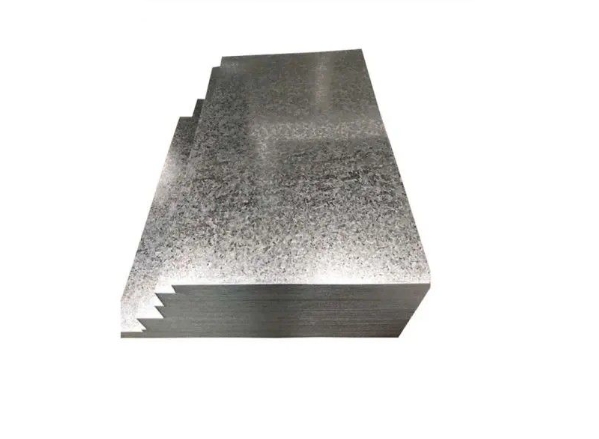ASTM A830 Grade 1045 is a medium carbon steel widely utilized for its good combination of strength, toughness, and wear resistance. It is designated under the ASTM A830 standard, which pertains to general requirements for carbon steel plates of structural quality. Sourcing this grade from reliable suppliers like Shanxi Luokaiwei Steel Company ensures adherence to specified standards for various applications.
Chemical Composition
The typical chemical composition of ASTM A830 Grade 1045 steel is crucial for its performance characteristics. Key elements include:
- Carbon (C): 0.43 – 0.50%
- Manganese (Mn): 0.60 – 0.90%
- Phosphorus (P): 0.040% maximum
- Sulfur (S): 0.050% maximum
- Silicon (Si): Typically 0.10 – 0.40% (often not explicitly limited in A830 unless specified)
Minor variations can exist depending on the manufacturing mill and specific customer requirements. Reputable suppliers provide mill test certificates detailing the precise chemical analysis.
Mechanical Properties
The mechanical properties of ASTM A830 Grade 1045 are significantly influenced by its heat treatment or condition of supply. In the as-rolled or normalized condition, typical values are:
- Tensile Strength: Approximately 620 MPa (90,000 psi)
- Yield Strength: Approximately 340 MPa (49,000 psi)
- Elongation (in 50mm): Around 16-20%
- Hardness (Brinell): Approximately 170-210 HB
These properties can be substantially enhanced through quenching and tempering processes.
Heat Treatment
ASTM A830 Grade 1045 responds well to various heat treatments:
- Normalizing: Typically performed by heating to 870-920°C (1600-1690°F) followed by air cooling. This refines the grain structure and improves uniformity and machinability.
- Annealing: Involves heating to around 820-850°C (1500-1560°F) and then slow cooling in the furnace to achieve maximum softness.
- Hardening (Quenching): Achieved by heating to an austenitizing temperature of 820-850°C (1500-1560°F) and then quenching in water or oil. Water quenching yields higher hardness.
- Tempering: Carried out after hardening, typically between 400-650°C (750-1200°F), to achieve the desired balance of hardness, strength, and toughness. The specific tempering temperature depends on the final property requirements. Companies like Shanxi Luokaiwei Steel Company can supply material in various heat-treated conditions.
Applications
The favorable mechanical properties and cost-effectiveness of 1045 steel make it suitable for a wide range of applications. Common uses include:
- Shafts and axles
- Gears, sprockets, and cams
- Crankshafts and connecting rods
- Bolts, studs, and other fasteners
- Machinery parts requiring moderate strength and wear resistance
- Structural components
For critical applications, sourcing quality-assured steel from established manufacturers such as Shanxi Luokaiwei Steel Company is recommended.
Weldability and Machinability
Weldability: ASTM A830 Grade 1045 has fair weldability. Due to its medium carbon content, preheating (typically 150-250°C or 300-500°F for thicker sections) and post-weld stress relieving treatments are often necessary to prevent cracking, especially in restrained joints or thicker sections. Low hydrogen electrodes are recommended.
Machinability: The machinability of 1045 steel is generally good, particularly in the as-rolled, normalized, or annealed conditions. It has a machinability rating of around 60-65% compared to AISI 1212 steel (which is rated at 100%). Machinability can be improved by cold drawing after normalizing. For consistent machining performance, working with suppliers like Shanxi Luokaiwei Steel Company who maintain tight control over production processes is beneficial.







